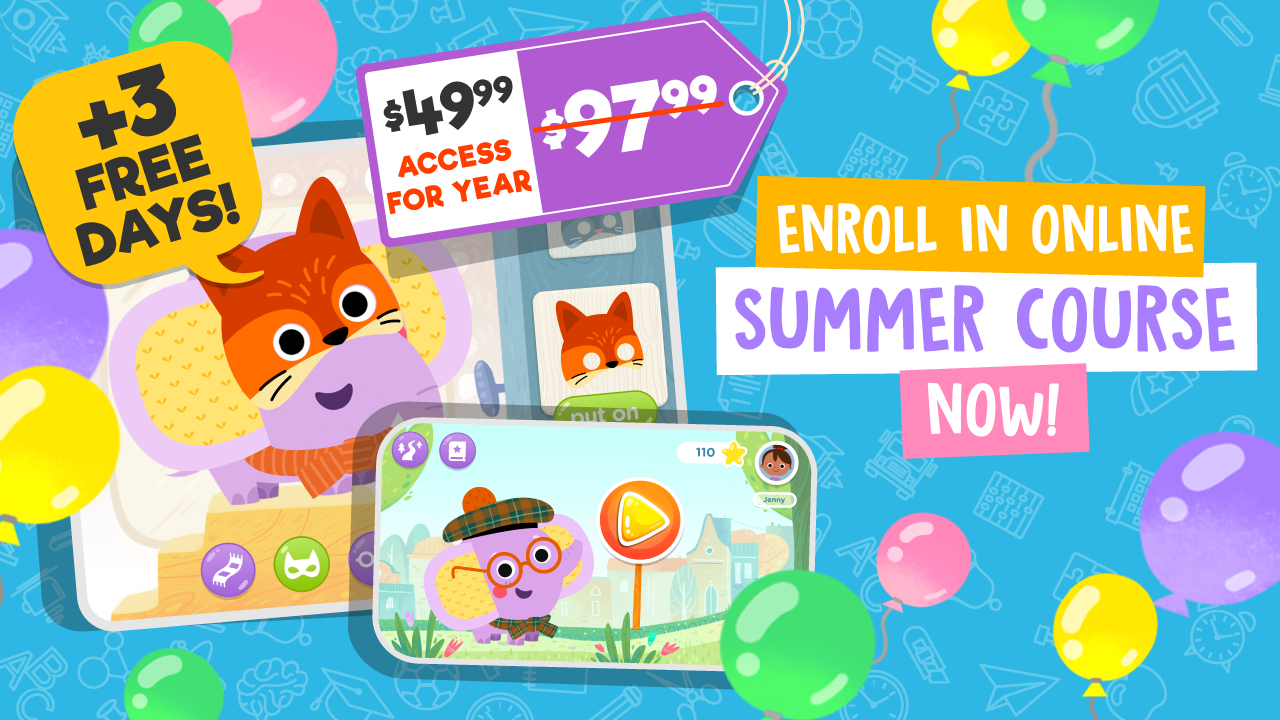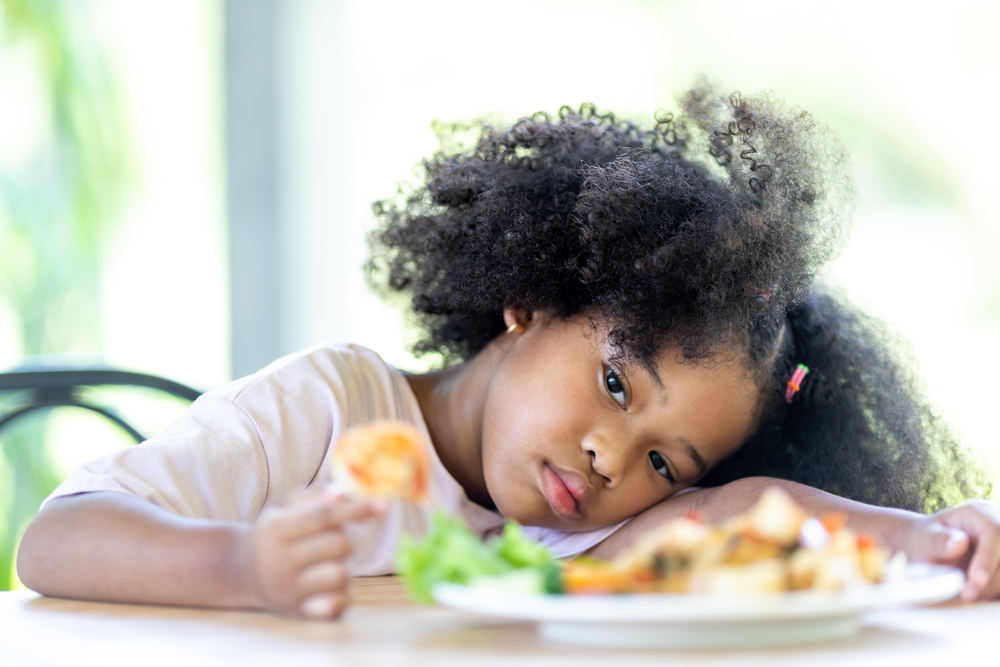10 Cool Facts About the History of Chess Your Kids Will Love
Dec. 29, 2018
As you may already know, chess is one of the world’s most favorite games that also happens to provide players with a stimulating challenge! When kids learn to play chess, they grow analytical thinking skills unparalleled to other games or activities. The only problem a parent might face is determining how to motivate their child to take out the chess board and start learning to play.

When you think about it, there’s so much competition for your child’s attention. Technology has exploded, and even young kids can be tempted to get lost in video games. More likely than not, your child’s friends are busy playing their Nintendo, Roblox, or even Fortnite. So in a world with so many temptations available to even the youngest of kids, how can we get them excited to play chess instead?
This season, give your child the gift of chess and find step-by-step learning videos in our Talented and Gifted app! Now for a limited time, score sweet holiday savings and subscribe today for the entire first year!
The answer resides in the game of chess itself. Teaching chess to kids is as simple as starting with its history! Chess has been a favorite game around the world for hundreds of years for good reason. Not only is it intriguing to play, but it has a rich history across world cultures!
Let’s dive deeper and explore 10 cool facts about the history of chess that will fascinate your little learner and keep him or her motivated while learning to play!
Chess is one of the oldest known games in the world!
Most people already know that the game of chess is old, but most don’t know that the game can be traced back at least 1500 years! The game is thought to have originated around 600 AD, well before the middle ages. Back then, the game was known as Chaturanga, and it wasn’t quite like the game we play today.
In fact, the game represented a convergence of games and rules, and like anything else, evolved over time. The game we know today as chess roughly came to be once it spread throughout Europe.
Its exact origins are shrouded in mystery…
Nobody knows exactly where the game began, but most historians believe that chess originated in India. From there, it is thought to have spread to Persia after Arabs invaded. A series of invasions followed that eventually spread chess to southern Europe.
Once there, the game spread throughout Europe and eventually to the Americas and beyond. Even though most historians agree the game began this way, a minority believe the game originated in China, as there was a similar strategic game of skill called Xiangqi.
Chess can tell you a lot about the history of the people who played it!
Believe it or not, knowing how the game was played can teach your child a lot about the history behind those who played it! If you stop to think about the chess pieces and how it’s played, you can see how the game reflects a mini version of life during feudal times.
The pieces themselves, like the knight, the rook, the bishop, and the pawns, represent how society was set up during the middle ages. The game reflects the strategic strategies nations and their military took to conquer territory and win wars. The pawns show how much of the society was considered the peasant class, and were a lower caste than the nobility in society. Talk to your child about the history of the middle ages, and who knows, maybe your child will find a new passion for history learning about the medieval times!
Nobody knows the inventor
Even though most historians agree that chess began in India, the exact inventor of the game is unknown. Some theorize that Pythagoras is the “father” of chess, while others seem to ascribe it to Romans or even Moses. Since these are all age-old theories, they don’t represent actual fact, especially based upon the idea that the game most likely began on the Asian continent.
The modern game as we know it evolved sometime in the 1400’s.
As mentioned above, once the game was in Southern Europe, it eventually spread throughout the continent, including to Russia and surrounding areas. While on the move, the rules changed, eventually leading to some of the plays we use today. For instance, one rule change involved letting the king to jump once to make allow players to move the king to a safe position more quickly.
This eventually led to what we know as modern-day castling. Throughout its evolution in Europe, eventually the rules began to resemble those that we would recognize in today’s gameplay. This happened sometime before 1500 AD.
The Mysterious Mechanical Turk
Perhaps nothing in the history of chess is as fascinating as one of history’s modern hoaxes, the Mechanical Turk. You probably already know that chess is a popular computer game, and you can even find it installed on any Apple PC straight out of the box after purchase. However, long before computers were formidable chess players, a man in the late 1700’s, an inventor named Wolfgang von Kempelon, created a so-called machine that could play chess.
The contraption was large and contained convincing gears that the audience could see to make it appear as if the machine actually worked. The machine travelled throughout Europe and America, beating opponents left and right, even after Napoleon himself attempted to trick the machine in 1809. In reality, the machine wasn’t a machine as all, because it was built so a real-life player could hide inside and play against opponents. For nearly 84 years, master chess players challenged opponents and won, all to the bewilderment of ordinary folks!
Different Eras of Chess-playing: Romantic, Scientific, Hypermodern, New Dynamism
It’s often debated as to which era is considered by the pros to be the “best” in the history of the modern game. Just like modern sports have evolved into the games we know them today, chess has gone through several eras in which the viewpoint of the how the players competed changed. For instance, the Romantical approach to chess-playing valued quick tactical moves over long-term strategy. New “ages” of chess would be brought to the fore when players changed the way they played, valuing one thing over another.
As your child advances, challenge your little learner to switch modes of playing, changing from quick tactical moves to longer term playing in subsequent matches!
Bring on the competition
Humans tend to be competitive, and chess turned into more of a competitive sport in the 1800’s as the Romantic era of chess gave way to a more modern era. Prominent tournaments were held in the 1800’s throughout Europe. Eventually, rules for tournaments also evolved, eventually leading to games and plays being timed.
In current times, chess matches have become so serious that some professional players have been known to suffer from heart attacks in the middle of a game! Don’t worry—this isn’t common or normal for the game of chess! But because the game has migrated towards one that takes a lot of brain power, and is highly competitive, some professional chess players have put themselves under too much stress, leading to dire consequences.
Chess players make up one of the largest communities in the world!
You might be surprised to know that the chess community is comprised of players who love the game worldwide! Among these communities, you will find local neighborhood-based centers and tournaments, branching out to statewide or national communities.
Like most interests, you can even find a thriving community of online chess players, whether you play through a popular app online, or in more official settings, like forum groups, or even groups found on social media. Because so many players across the world have a deep passion for the game, chess has a huge following in may formats online, in your community, and across the globe!
1900’s- The World Chess Federation was born
Just like we have the NFL, NBA, or the MLB here in the states, the game of chess has a dedicated organization known as The World Chess Federation, also known as FIDE. Unlike our national sports teams, the FIDE is an international organization for the game that governs people and the game itself.
Because the game is still so popular and played throughout the world, a French organization stepped in to organize international chess tournaments. The organization not only looks after such tournaments, but it acts as the headquarters and government for all things chess. The organization sets the official rules for the game and is officially recognized by the International Olympic Committee. The organization also rates and labels players.
In fact, some of the top chess players in the game today are internationally famous for their extreme level of skill. According to the current FIDE top 100 rankings, Norway’s Magnus Carlsen holds the title of the best chess player in the world! One look at his profile will show you that he has been named Grandmaster since 2004, when he was only fourteen years old! As the named world leader in the sport, Carlsen also has worked to develop a whole host of mobile apps and programs geared towards teaching others, including kids, how to play and master chess.
Another prominent player is America’s own Fabiano Caruana. Currently ranked the 2nd best player on the planet, Caruana was named a FIDE Master when he was just ten years old! In addition, he is also titled as an International Master and Grandmaster of the game and is the leading competitor just under Magnus Carlsen’s rankings.
All in all, by looking down the list of the top 100 FIDE chess players, it’s evident that many players are strikingly young, and clearly learned the game early and competed throughout childhood. That said, it’s never too early to get started learning to play!
As you can see, the game of chess has a rich history that is fascinating to learn about, even for kids! If you’re looking for ways to teaching chess to kids, be sure to find quality worksheets on our website or download the Talented and Gifted app for step-by-step video lessons with a real certified chess teacher! Don’t forget to check us out for all your child’s learning needs to find quality learning materials for toddlers through 3rd grade!











